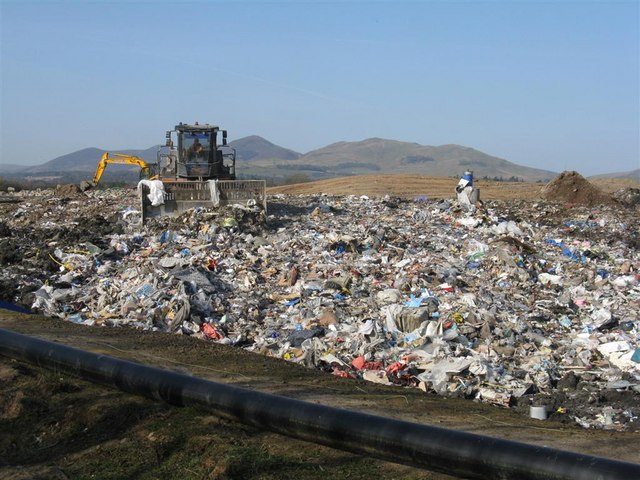Removal of Asbestos from Schools by the British Prime Minister Rishi Sunak
The presence of asbestos in schools is a long-standing concern in the UK, primarily due to the widespread use of …

In the UK, landfill waste goes to landfill sites, which are specially engineered areas where waste is disposed of by burial. Here’s a breakdown of how the landfill process works and the current status of landfills in the UK:
In conclusion, while landfill has historically been a primary method of waste disposal in the UK, efforts are ongoing to reduce the volume of waste that ends up in landfills, both through waste reduction measures and alternative disposal or treatment methods.
The presence of asbestos in schools is a long-standing concern in the UK, primarily due to the widespread use of …
Why Euro 6 Vans? 1. Improved Air Quality: Euro 6 vans have the strictest emission standards for light commercial vehicles …
House clearance can be a daunting task, especially if you’re dealing with a lifetime’s worth of possessions. Whether you’re decluttering, …